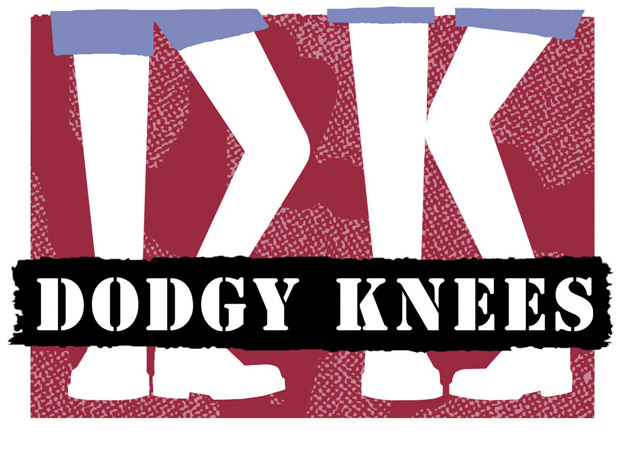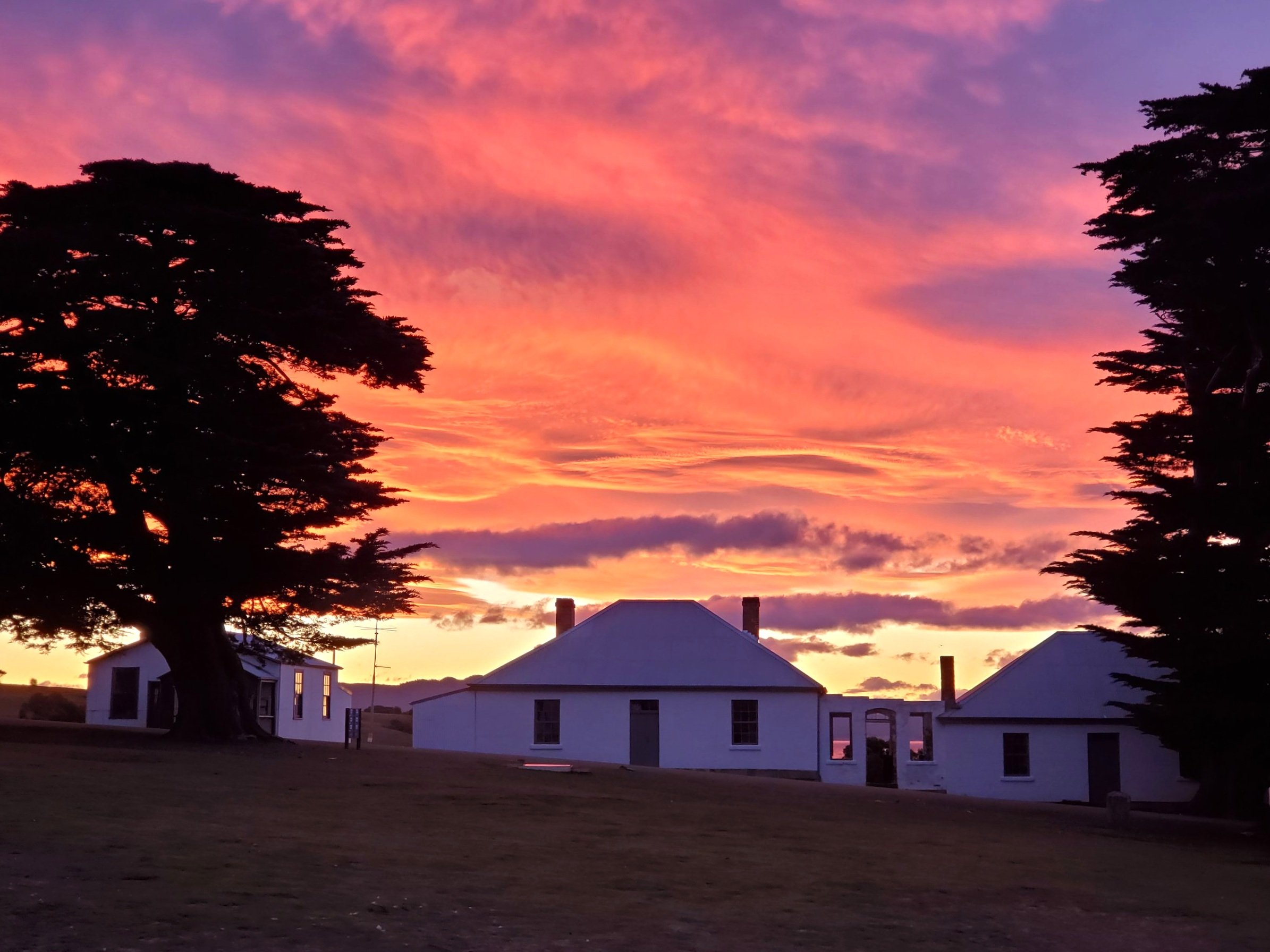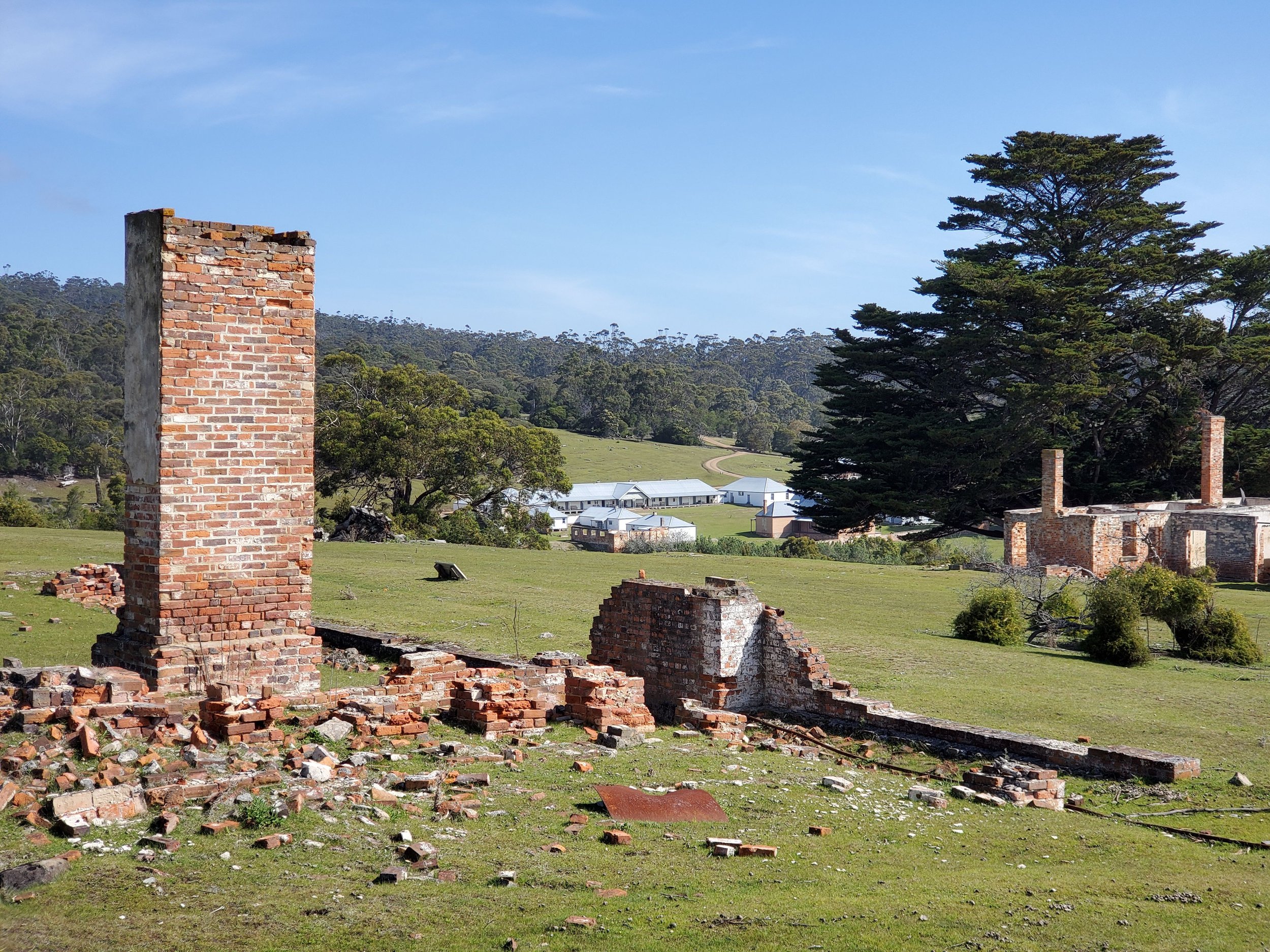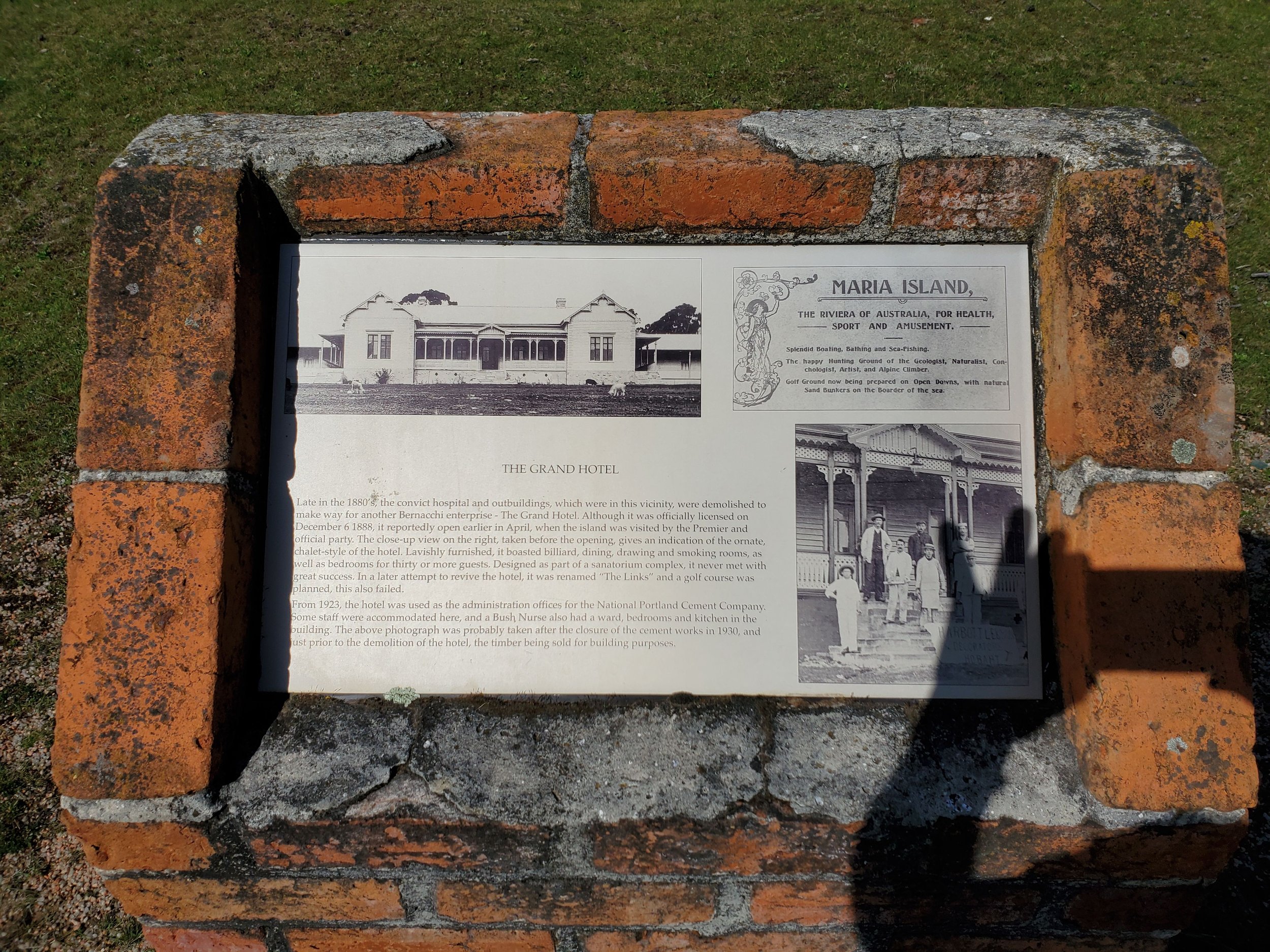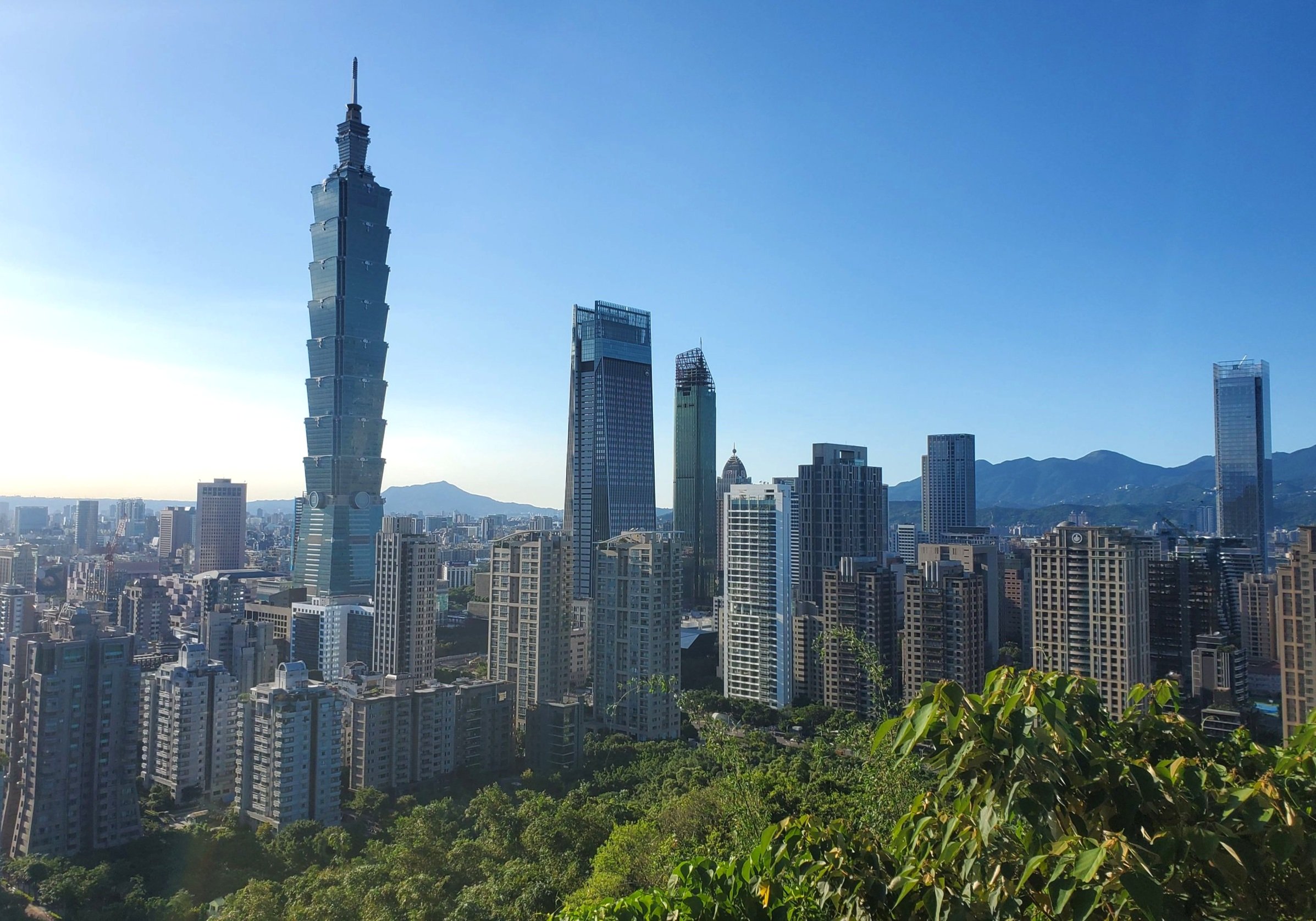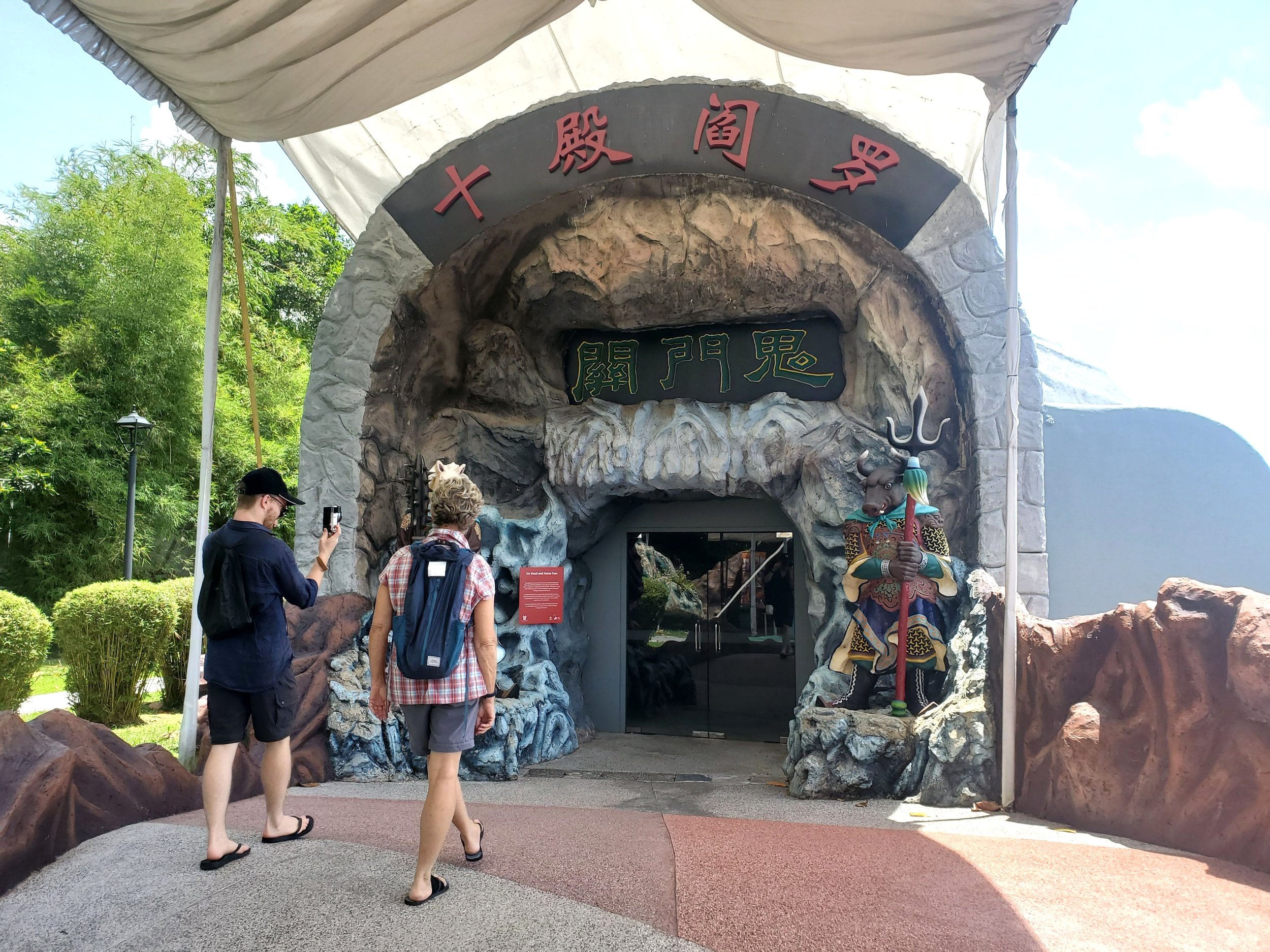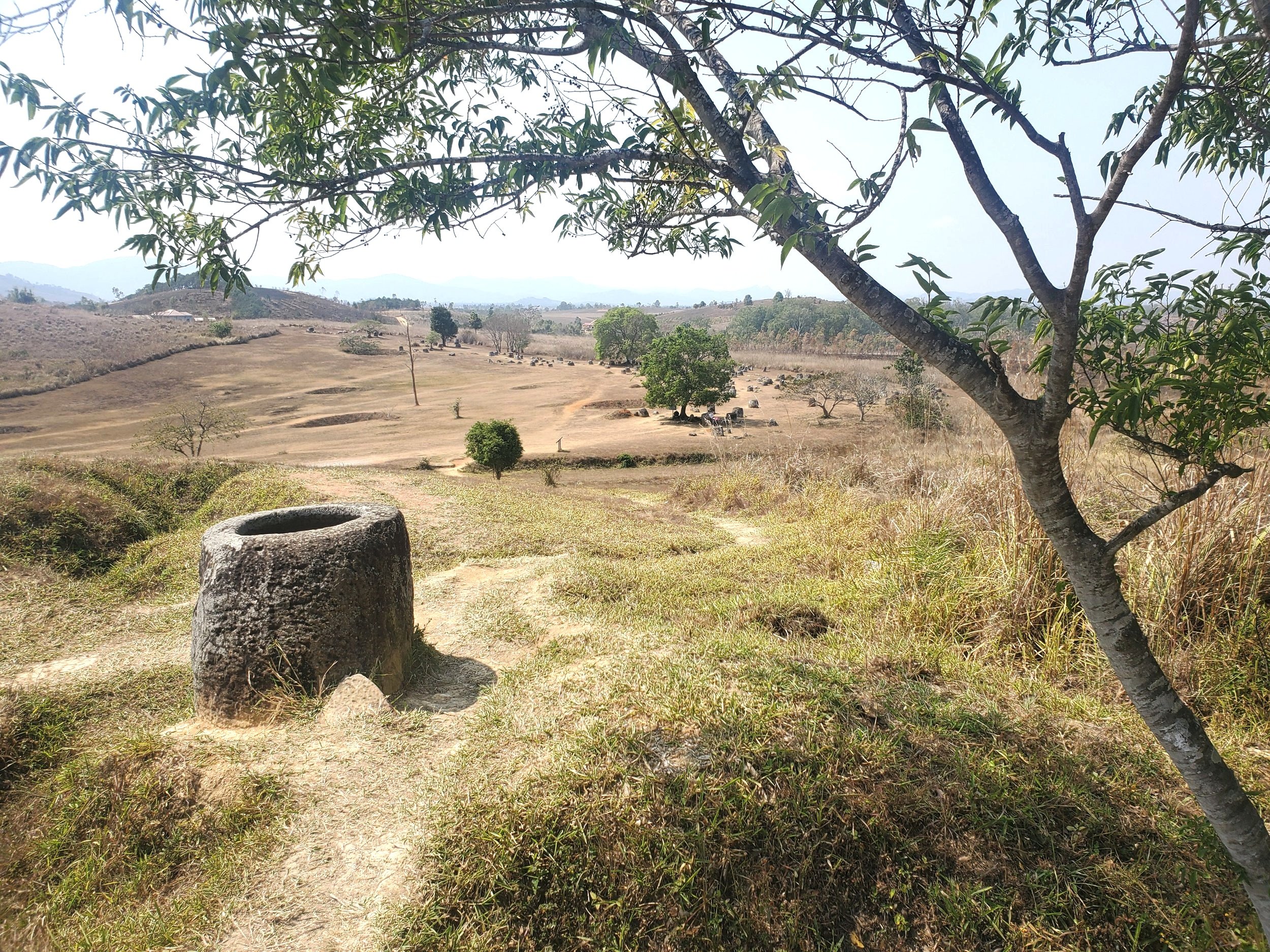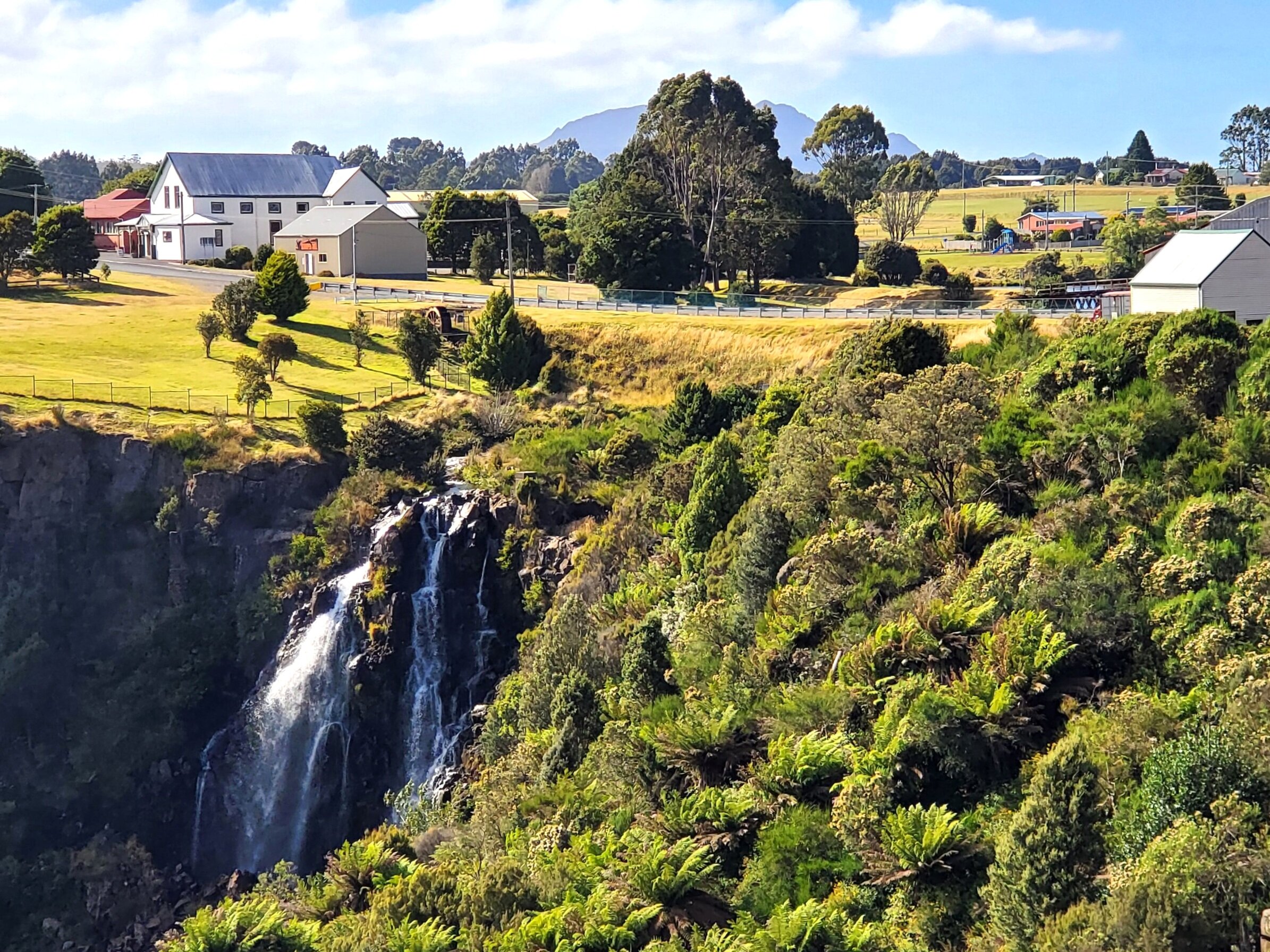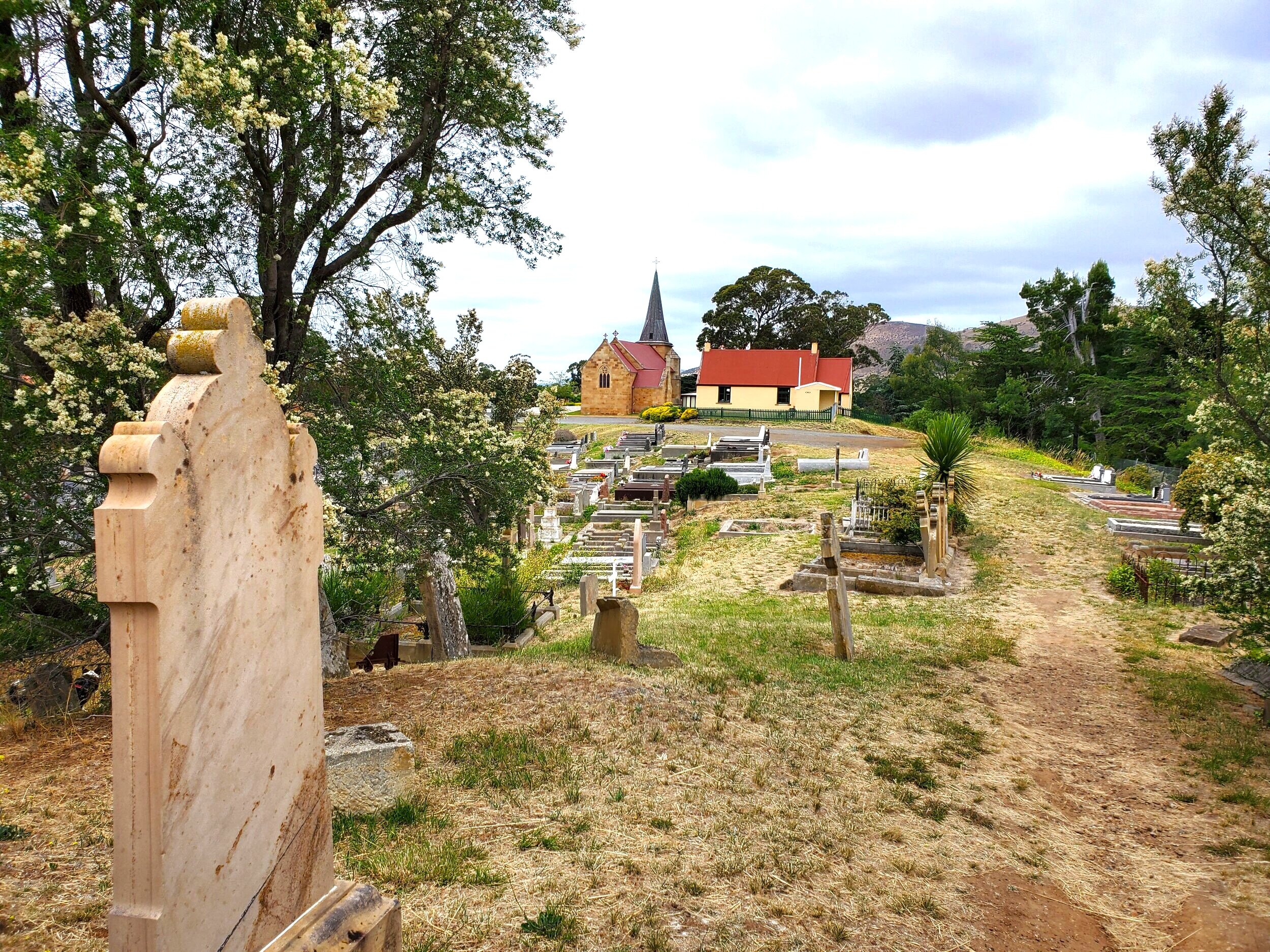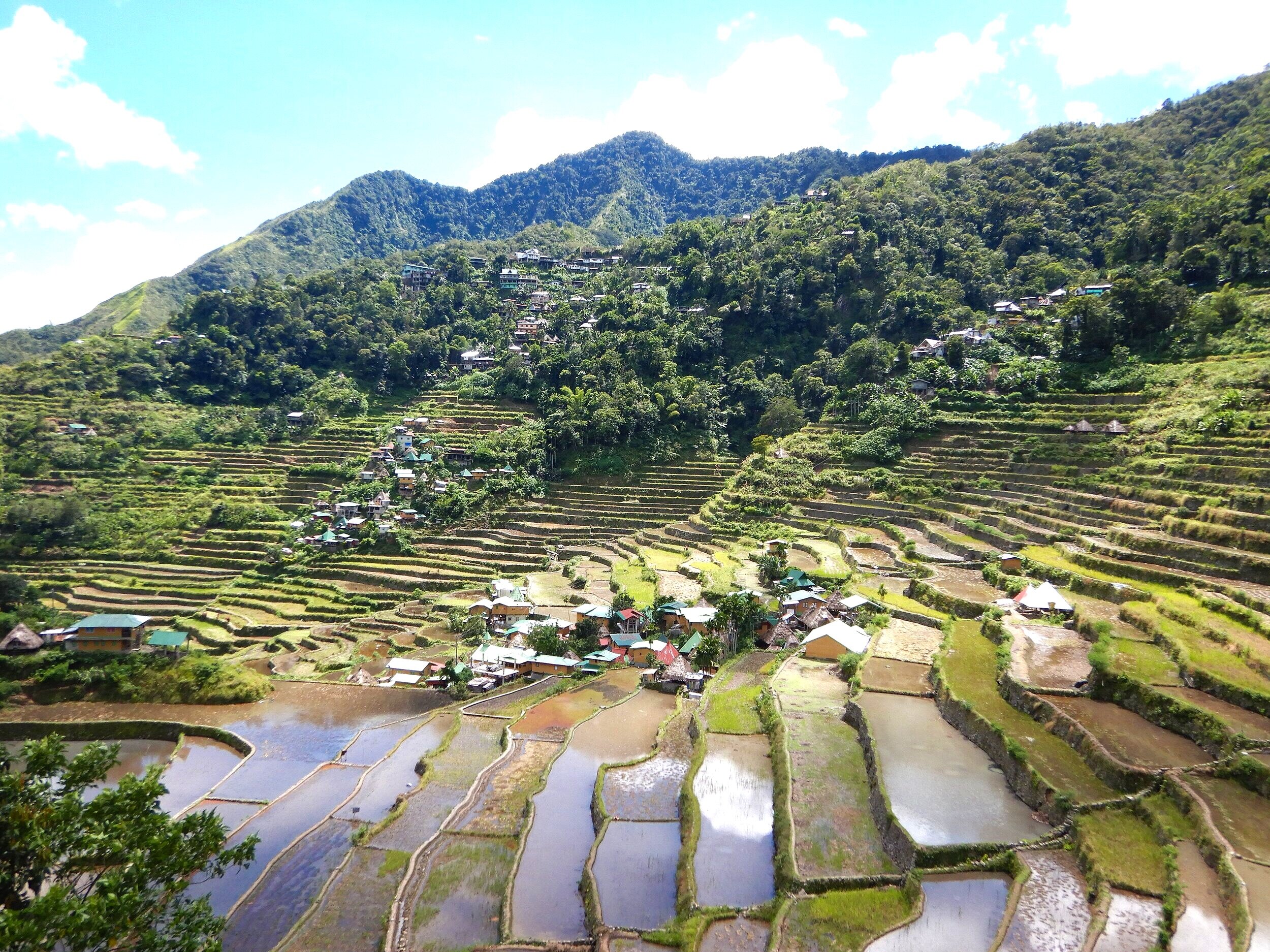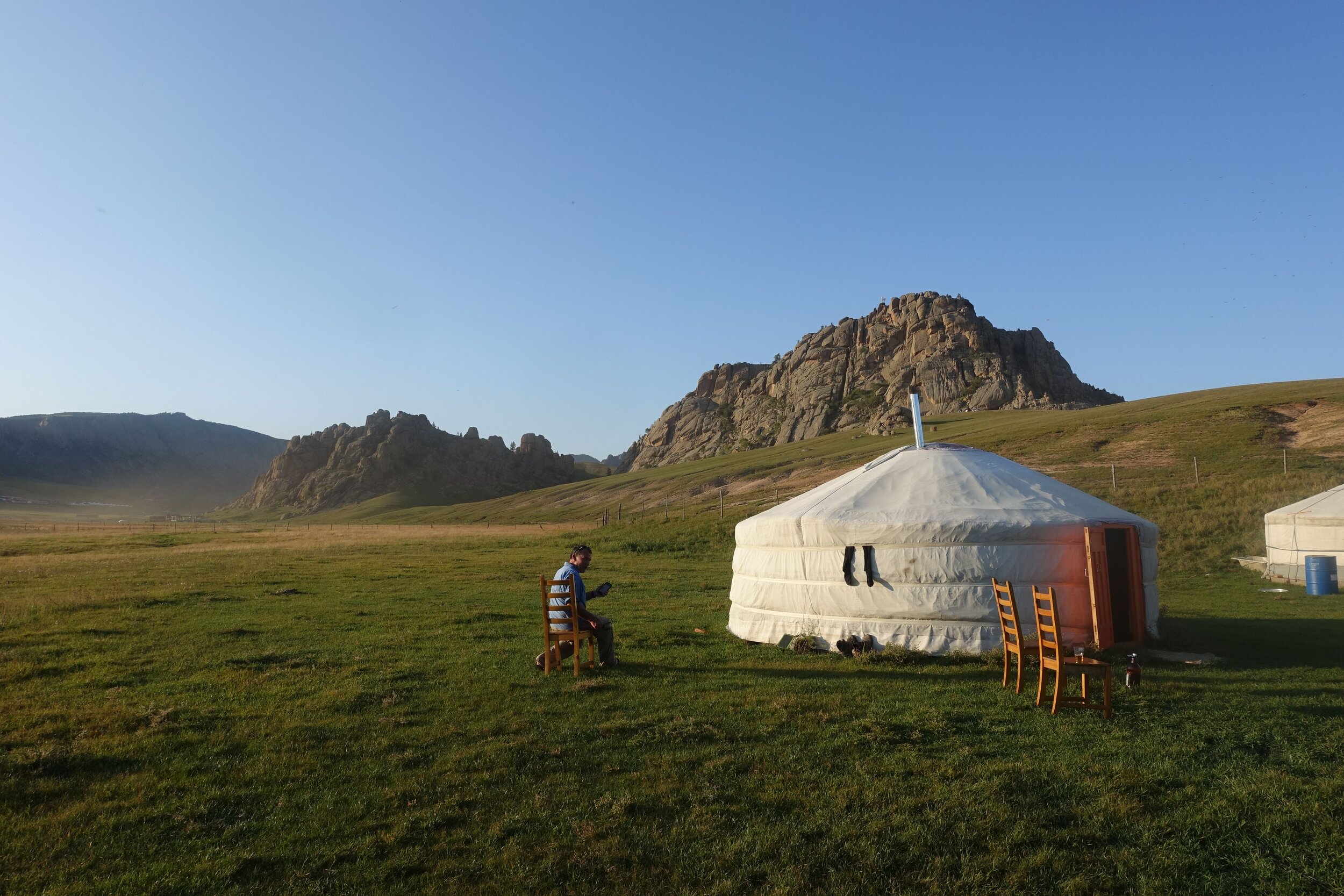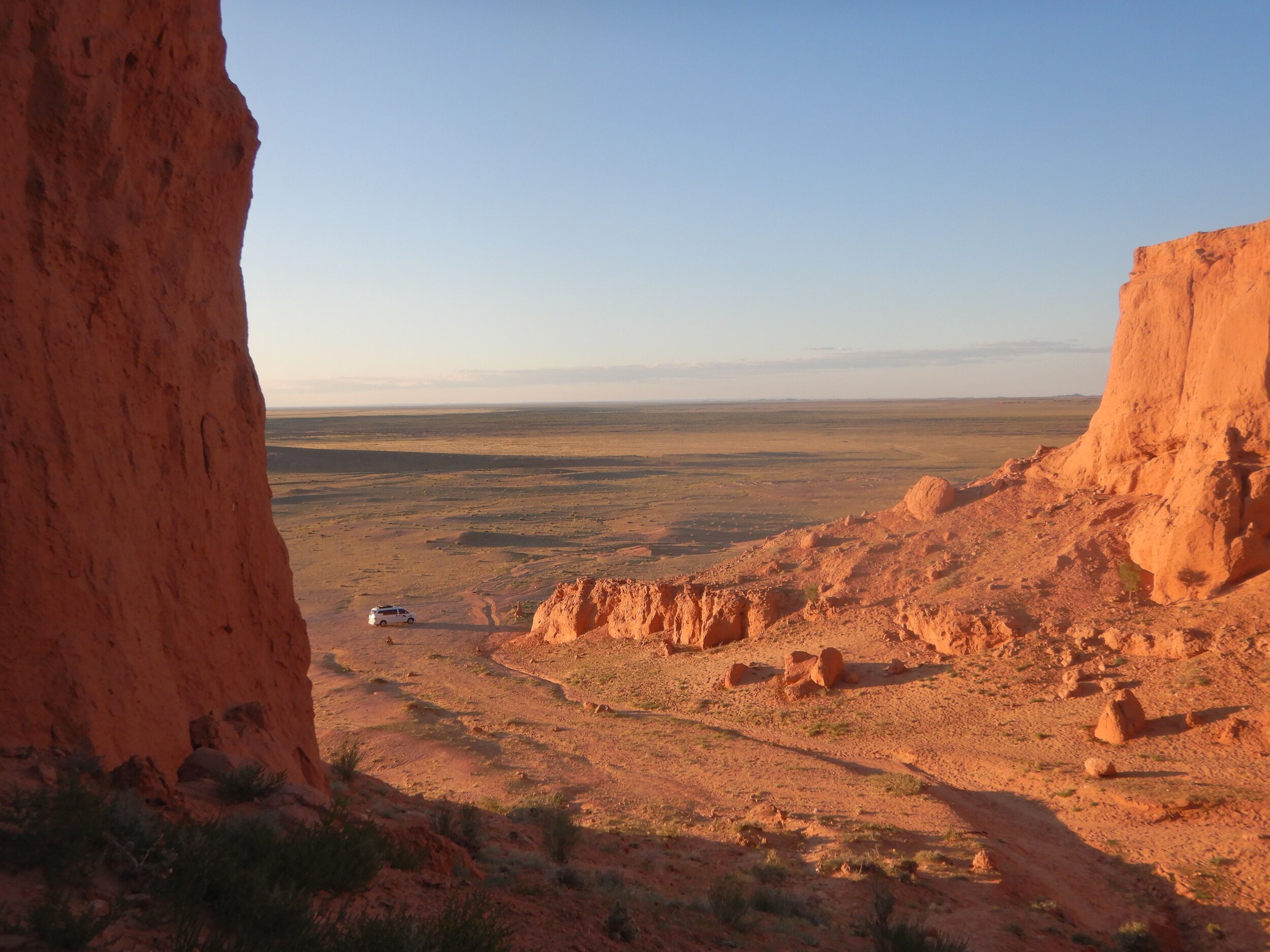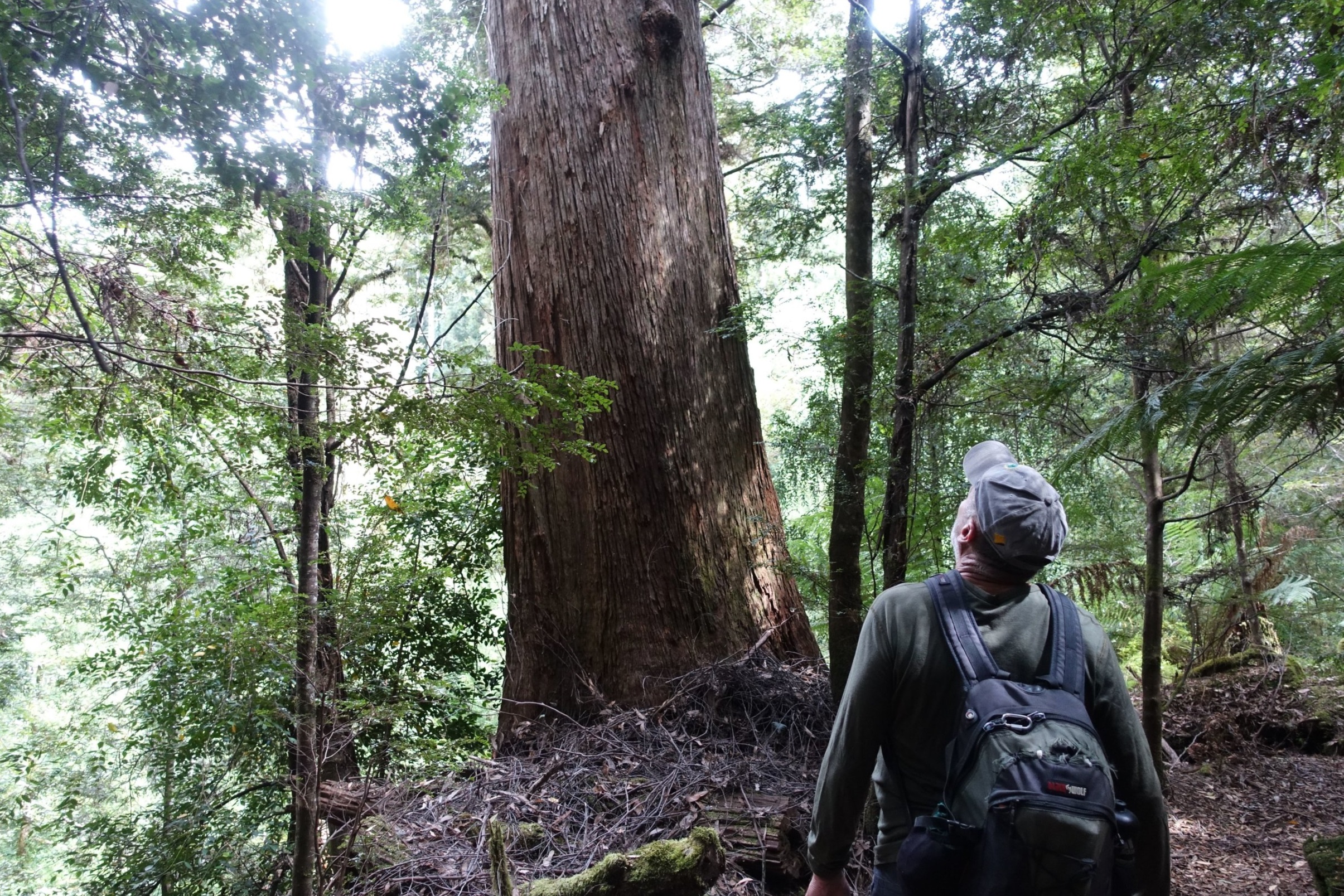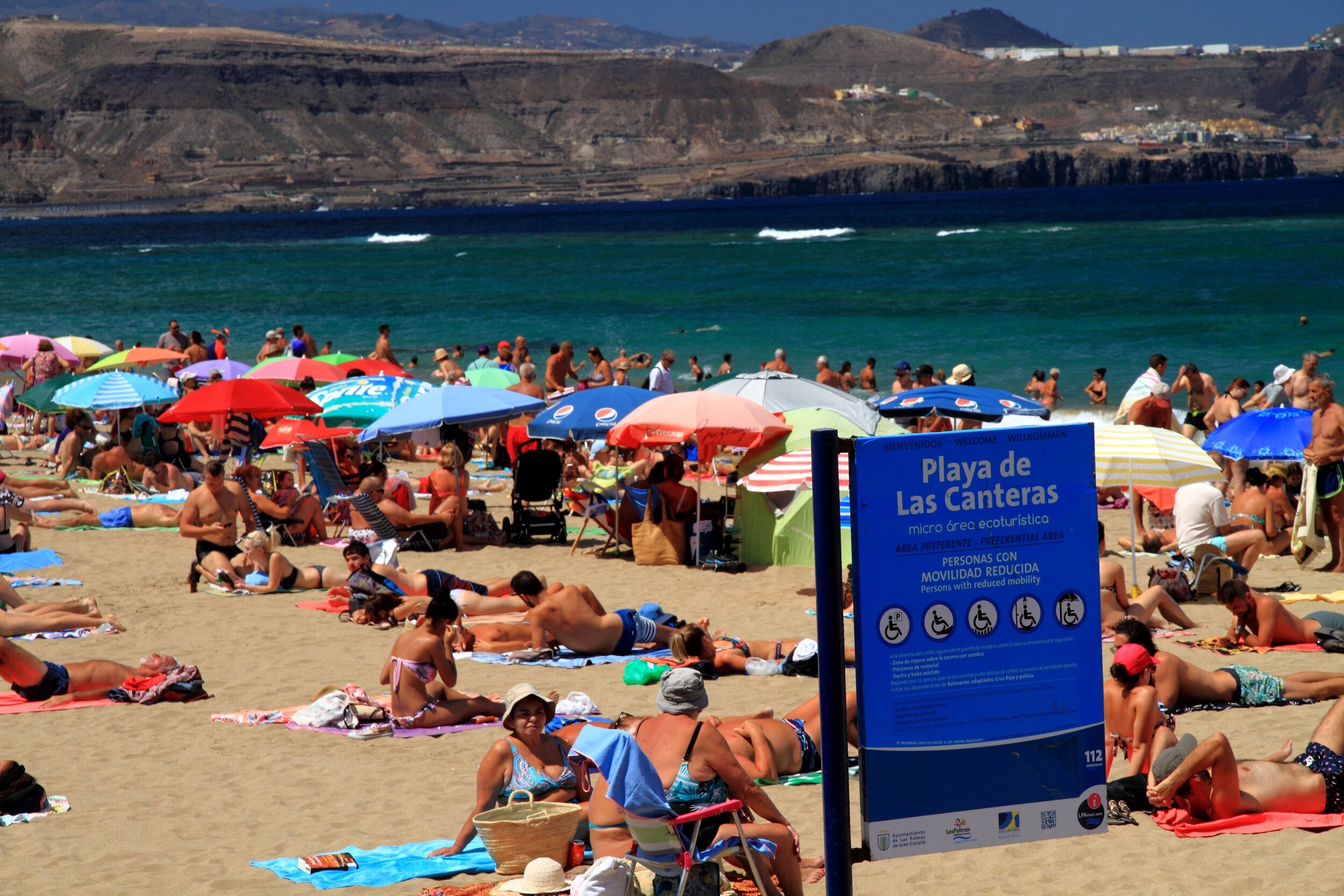Maria Island Getaway
/Introduction
Maria Island, off Tasmania’s east coast, is a National Park popular for camping, bushwalking, cycling, snorkelling and wildlife viewing. Pronounced Mariah (as in Mariah Carey), it has a rich history dating back millennia starting with its interesting geology, through the long Aboriginal presence on the island, a significant convict period, attempts at industrialisation and commercial ventures, to today. It offers the opportunity to stay in convict built “accommodation”. We recently had three days and nights there. Here’s how we spent our time.
A Bit of History
Human involvement on Maria goes back thousands of years with the Aboriginal people of the Tyreddeme band of the Oyster Bay Tribe travelling regularly to the island they knew as Rolelepaa. There are many middens (formerly camping and eating areas made up of shellfish, bones, charcoal, and other items) evidencing the occupation by first nations people.
In 1642 Abel Tasman sailing past named it Maria Island after the wife of the Dutch Governor General of Batavia, Anthony Van Dieman, and the name has stuck.
With the European takeover of Tasmania came the convicts and Maria Island was used as a penal colony from 1825 – 32 and again from 1842 – 50.
This was followed from the 1880s to the 1930s by various attempts to establish different commercial enterprises. The efforts of Italian migrant Diego Bernacchi being the most notable. In his 45 years on Maria Island he tried wine, silk, cement, timber, fishing, and tourism. None succeeded terribly well, but remnants of his efforts abound, particularly around the area of Darlington, which was the island’s main settlement.
Farming continued by a number of families until the 1960s, with Maria declared a wildlife sanctuary in 1971, a national park in 1972, and a marine conservation area added in 1991.
If you want to know more about the island’s history, click here.
Note: For information about bookings for the ferry, accommodation, bike hire, and other useful stuff see the last section “Practical Information”.
Day 1
Getting There
We started our trip by driving from Hobart to the town of Triabunna checking in at the National Parks Service Office for the boat trip to Maria. They also handled our accommodation and mountain bike hire bookings.
The ferry crossing took around 45 minutes.
We arrived at the wharf in Darlington.
It was then a short walk to our accommodation in the Penitentiary. This was built in 1830 and originally housed convicts. It has nine rooms, each with six bunks, plus one 14 bed hostel-style room.
We had our own room with six bunks, table and seating, wood heater, and bench space. There is no electricity, but we had brought head torches and a rechargeable light.
Reservoir Circuit
After dropping off our gear we headed off to do the walk to the reservoir.
the remains of the twelve apostles are on the right
From Darlington the track led past a site known as the Twelve Apostles. Today all that remains are the foundations of twelve small houses built in the 1880s for workers in Diego Bernacchi’s vineyard.
The obligatory wombats were present at various points on the walk.
wombat grazing - note cape barren goose in background
The path took us through eucalyptus forest.
We arrived at the Reservoir which was built by convicts during the first convict period from 1825 – 32.
It was a good spot for a lunch break.
The circuit walk then took us to the Engineer’s House (c1888), another of Bernacchi’s buildings. It was part of his cement works operations.
the engineer’s house
We also checked out the nearby brick and lime kilns.
The Reservoir Circuit takes around 1 – 1.5 hours walking.
Fossil Cliffs Circuit
Back at Darlington we picked up our mountain bikes and set off to do the 4.5 km Fossil Cliffs Circuit. We had some nice coastal views looking to the north.
The open grassland riding was pretty easy, with great views of the dramatic peak called Bishop and Clerk emerging as we went.
A small, well signposted track led down to the Fossil Cliffs.
This area was quarried by Bernacchi for the limestone to be used in his cement works.
The cliff face is a mass of mussel-like shells, dating back 300 million years to when this area was an ancient sea-bed.
Interpretation boards provided useful background about the site.
The circuit is easy as either a walk or ride, though there is a bit of uphill work required after the Fossil Cliffs.
Darlington
Back at Darlington we checked out the prominent building called the “Coffee Palace”. No, you can’t get a coffee, it’s a museum, previously a boarding house and restaurant.
the coffee palace at dsrlington
The inside captures the atmosphere of those bygone days.
We finished our day with a glass of wine watching a spectacular Darlington sunset.
Day 2
Cycle to the Isthmus
Maria Island is really two islands joined by a sand isthmus. The ride from Darlington to the isthmus is 12 kms. Many years ago, on a previous visit, we’d taken our own bikes and this ride had been a slog due to the sandiness of the track. In recent times the track has been hardened so it is much easier nowadays.
There is some good, clear signposting along all the main tracks.
If it’d been warmer there were various possibilities for a swim.
We knew we’d arrived at Frenchs Farm when an old shearing shed appeared through the scrub.
We checked it out.
Adjacent to the shed is a weatherboard house that had been occupied by the French family who farmed here.
The land around the house is a designated campsite and it even has a composting toilet.
There are good views of Mt Maria from here.
Next stop, 2 kms further on, was Encampment Cove where there had been another farming family and there are the remains of their cottage and some convict ruins. A bit beyond we got good views looking to the north across Booming Bay.
Here we found the Separate Apartments. A convict probation station was established here in 1845 for convicts who had served their sentences. The red brick ruins are all that remains of the probation station that housed 336 men.
Again, the wombats were in residence.
We went back to the isthmus, and leaving the bikes, walked down to the beach at Chinaman’s Bay.
Painted Cliffs
On our way out to Encampment Cove we’d passed the trail to the Painted Cliffs. On our way back to Darlington we decided to stop over there for lunch.
The sandstone cliffs have some amazing patterns.
They are caused by ground water percolating down through the sandstone and leaving traces of iron oxides.
We spent a bit of time exploring the cliffs.
Some tourists thought it was a good spot for a selfie.
It was then backed to Darlington for a well-earned rest.
Day 3
Mt Maria
Mt Maria is the highest point on the island at 711m. The return trip from Darlington is 16kms. It’s estimated walking time is 5 – 7 hours.
We were able to ride the first few kilometres until the track became too difficult, so that saved us some time.
We parked our bikes and continued on foot.
Again, some useful signage.
The track then started to climb.
Higher up boulder fields dominated the landscape, which made the going slow.
As the clouds came in the chance to get the panoramic views from the top disappeared.
So, unfortunately, while we made the top, we saw nothing but cloud. A bit lower down the views to the east improved.
After picking up our bikes we cycled back to Darlington via a side-track to an old oast house.
Here, sometime during the second convict period, around 1845, hop kilns were built. The surrounding grounds had been hopfields.
Bernacchi modified the building during his winemaking period.
Darlington Hinterland
After resting up a bit we spent our last afternoon exploring the area immediately around Darlington.
The Commissariat Store near the wharf is the National Parks Service information building.
COMMISSARIAT STORE
An old barn sits proudly on a hill behind the wharf.
A view back to Bernacchi’s old cement works.
The cemetery looks north to the sea.
The ruins of the Grand Hotel sit on a hill behind Darlington.
From here there are good views back to the settlement.
The remains of the Bernacchi family home are also here.
Conclusion
There was more to do if we’d had time. Next time we’ll climb Bishop and Clerk. We’d also like to go down to South Maria.
But we had no complaints. It was a very active but pleasant short stay on one of Tasmania’s natural gems.
Oh, and did we mention the Cape Barren Geese? Yes, they are abundant too, especially around Darlington.
Practical Information
Accommodation
Penitentiary or campground bookings are made through the National Parks Service (NPS) website. Here is the link.
Ferry Service
The 45 minute ferry to and from Maria from Triabunna is operated by Encounter Maria. Here is the link for costs and bookings.
Other Information
National Parks Pass
All visitors need a National Parks pass. If you don’t have one already you can get one on-line before travelling at the NPS website, or at the NPS office in Triabunna when checking in for the ferry.
Provisions
There are no shops or cafes on Maria. Visitors must take all food, drink, and anything else needed for self-sufficiency.
Shower and Toilets
There are currently no showers at the Penitentiary, only toilets. But there is an outdoor, cold water shower at the nearby campground if you’re brave.
Rubbish
Visitors must remove all rubbish. No rubbish bins are provided.
Visitor Information
Information about all the walks and points of interest is available from the Commissariat Store adjacent to Darlington Wharf, as well as on-line at the NPS website.
Firewood
Firewood is provided for the wood heaters in each of the Penitentiary rooms.
Mess Hall
The Mess Hall is at the Penitentiary and has cooking facilities, water, sinks and seating.
Ken and Cally
